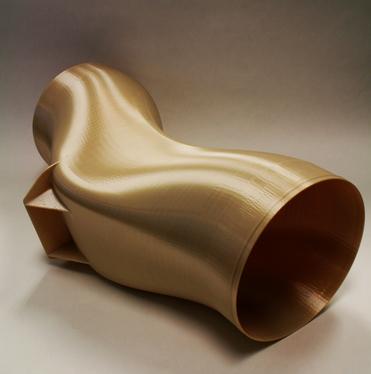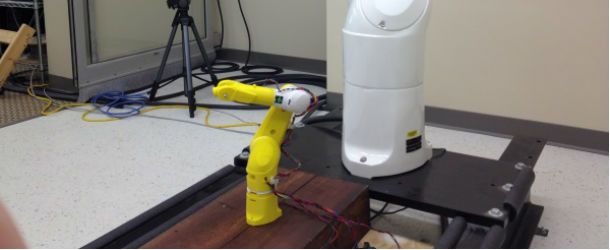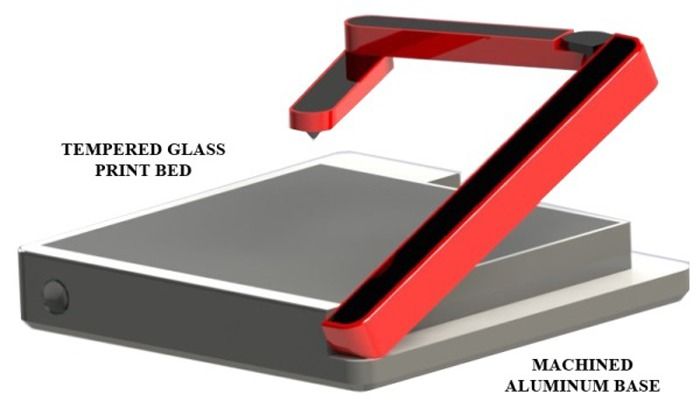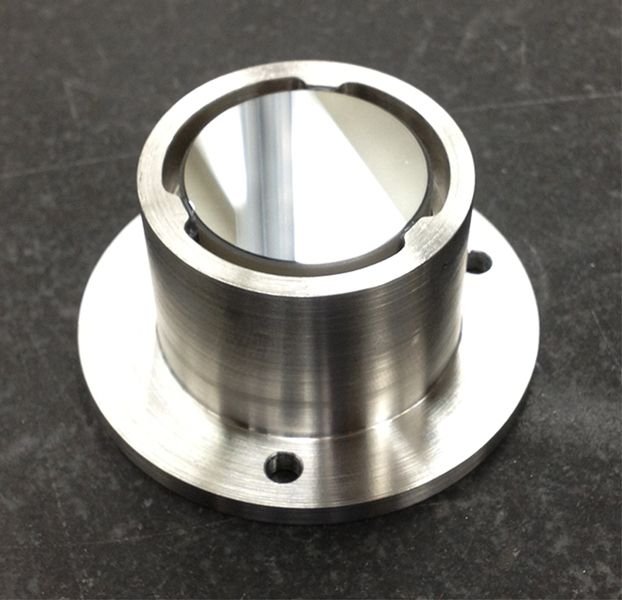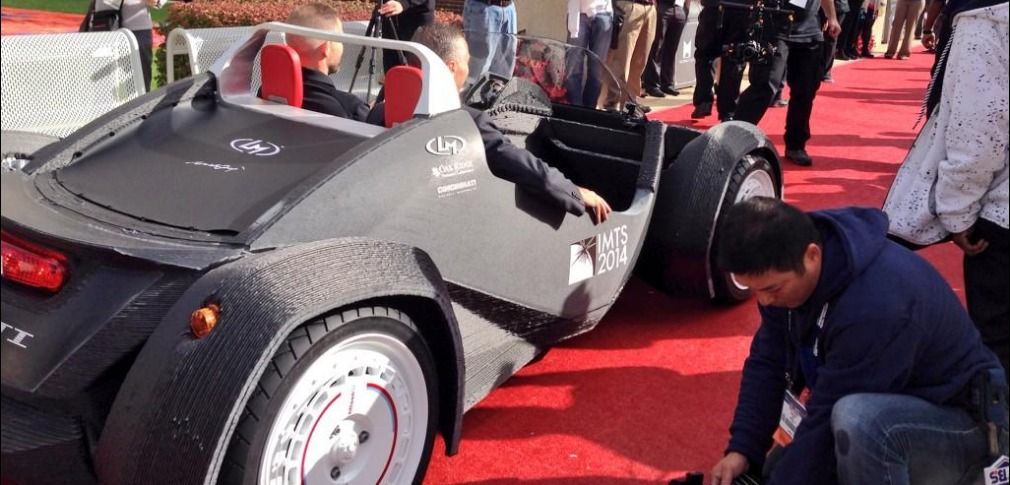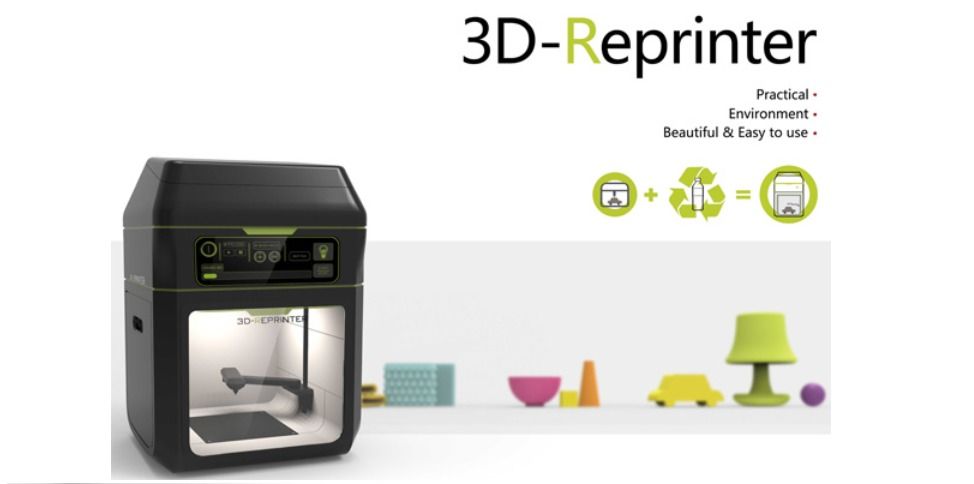by Brian Krassenstein — 3Dprint.com
While we have seen so many incredible life-changing applications for 3D printing, there are still many concerns which remain on the table when dealing with the possible negative implications of the technology. Whether you believe that the ease in which practically anyone will eventually be able to fabricate a firearm is a good or bad thing, just the thought of 3D printed firearms will send shivers down the spines of law enforcement agencies around the world. There has been an incredibly fast progression of the technology behind the methods of manufacturing guns with 3D printers in the last two years alone. Imagine what the next five to ten year will have in store for us.
It seems like it was only yesterday when Defense Distributed’s Cody Wilson 3D printed the very first known gun. Maybe that’s because it was almost yesterday. Believe it or not, it was only about 17 months ago when Wilson unveiled the 3D printed ‘Liberator’ gun, which he created on a Stratasys Dimension SST 3D printer. What many people don’t realize though, is that several different firearms as well as gun parts have been 3D printed in the short time since Wilson’s creation was revealed. I have provided below, a short history of the various 3D printed firearm models that we have seen to date.
Read more
